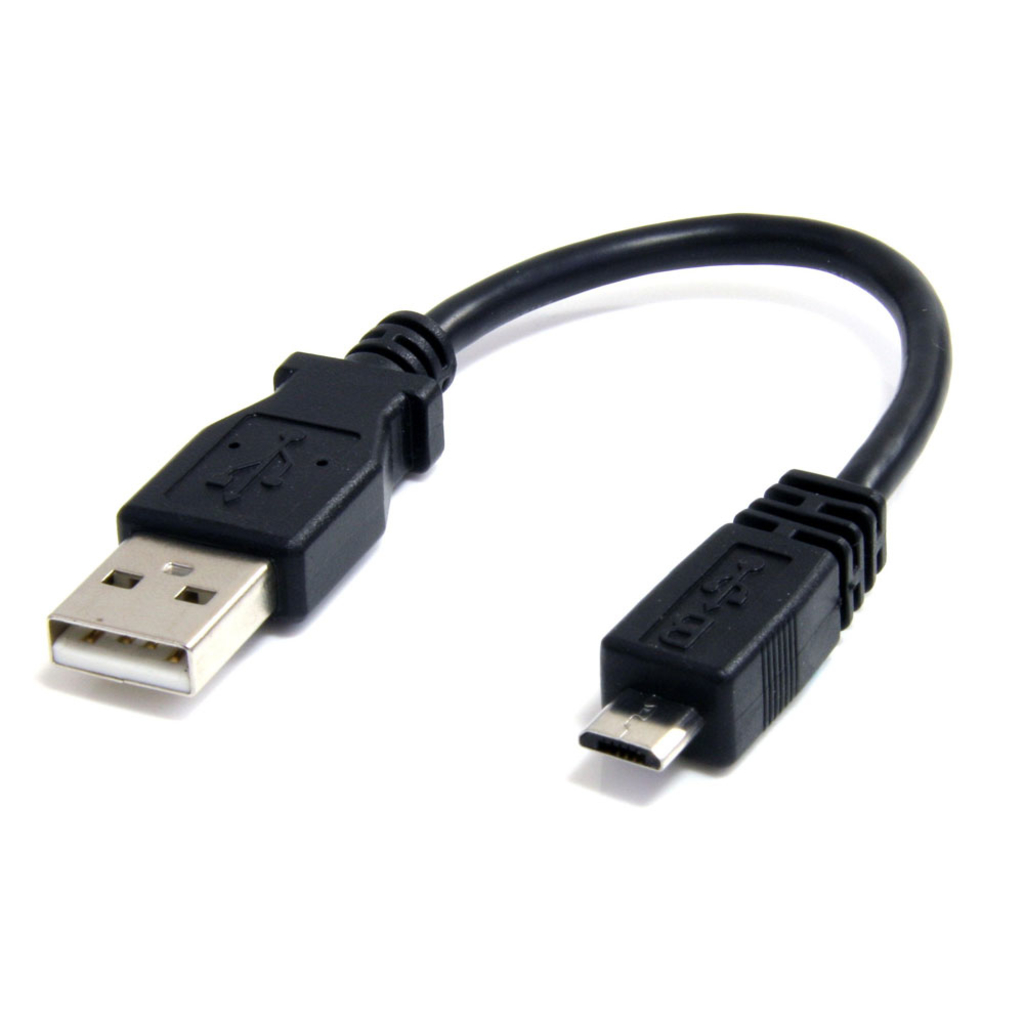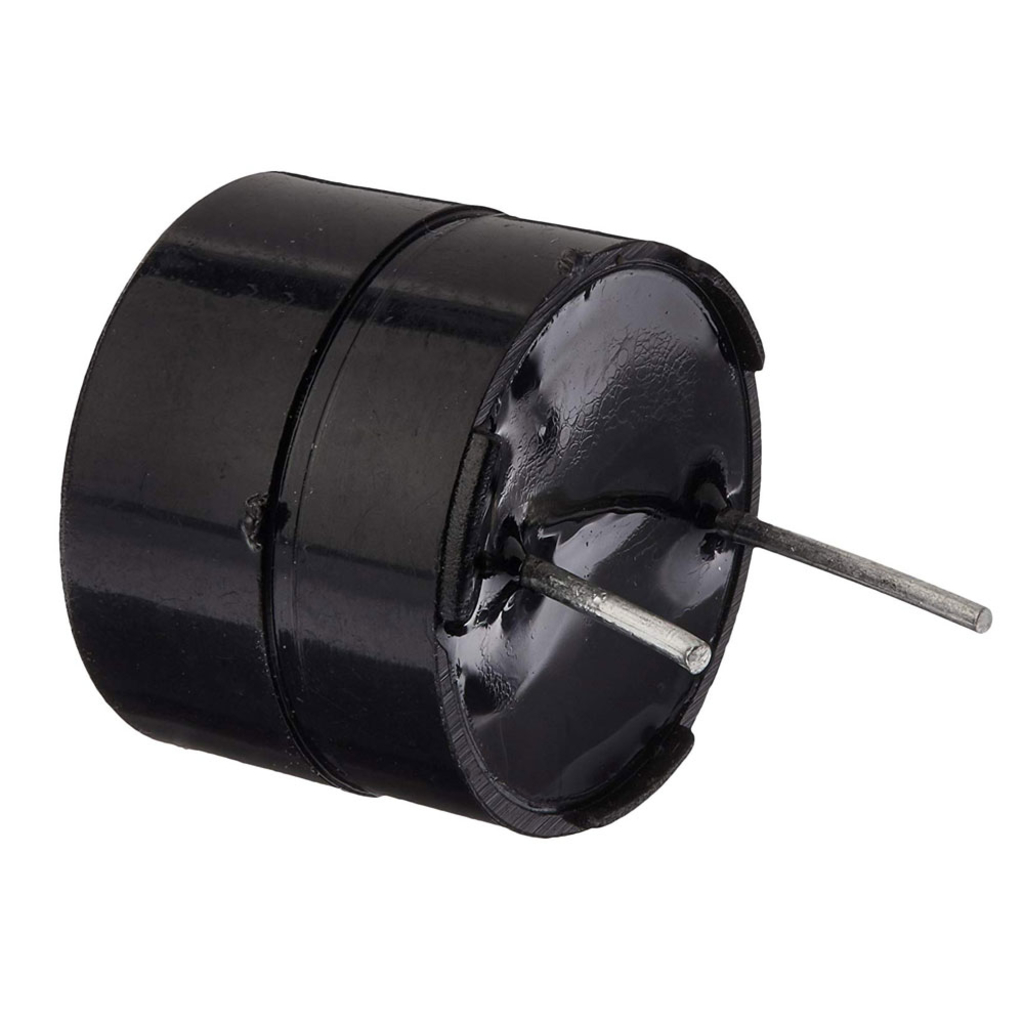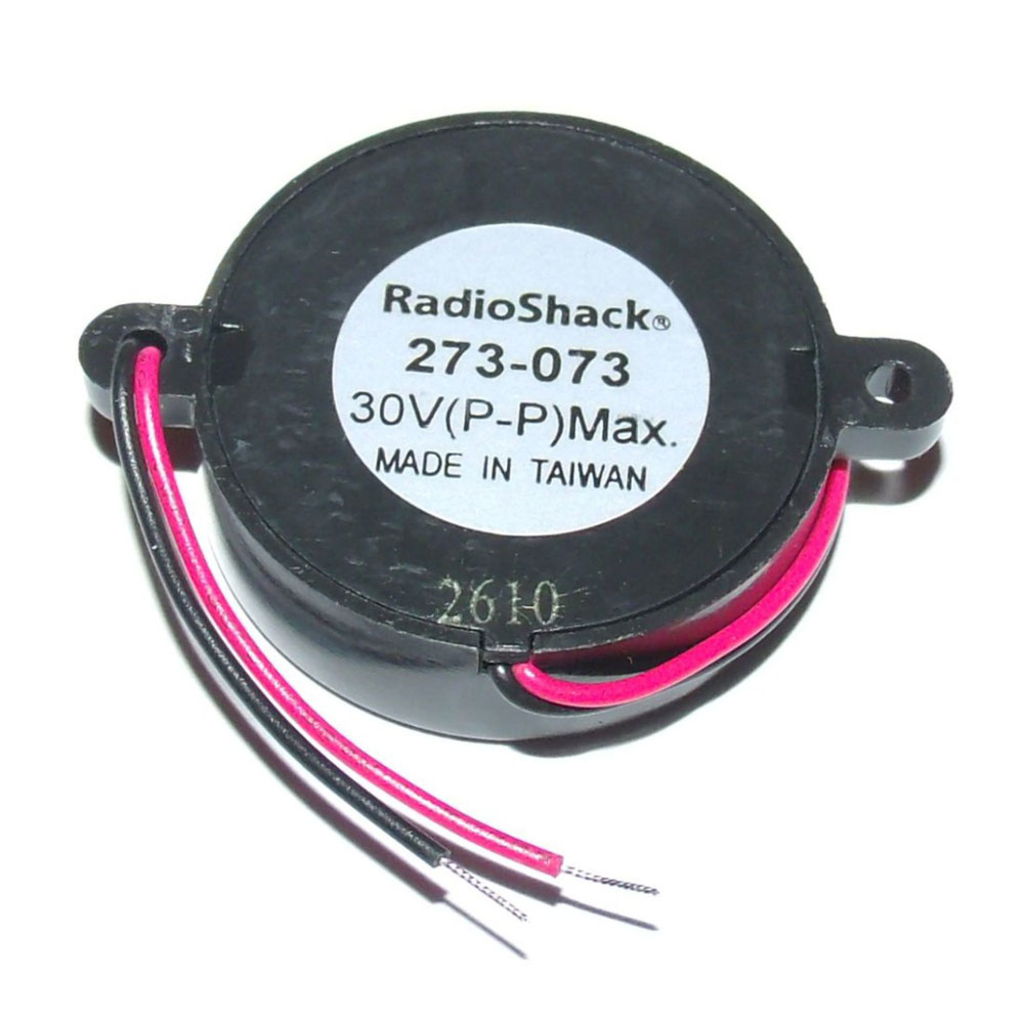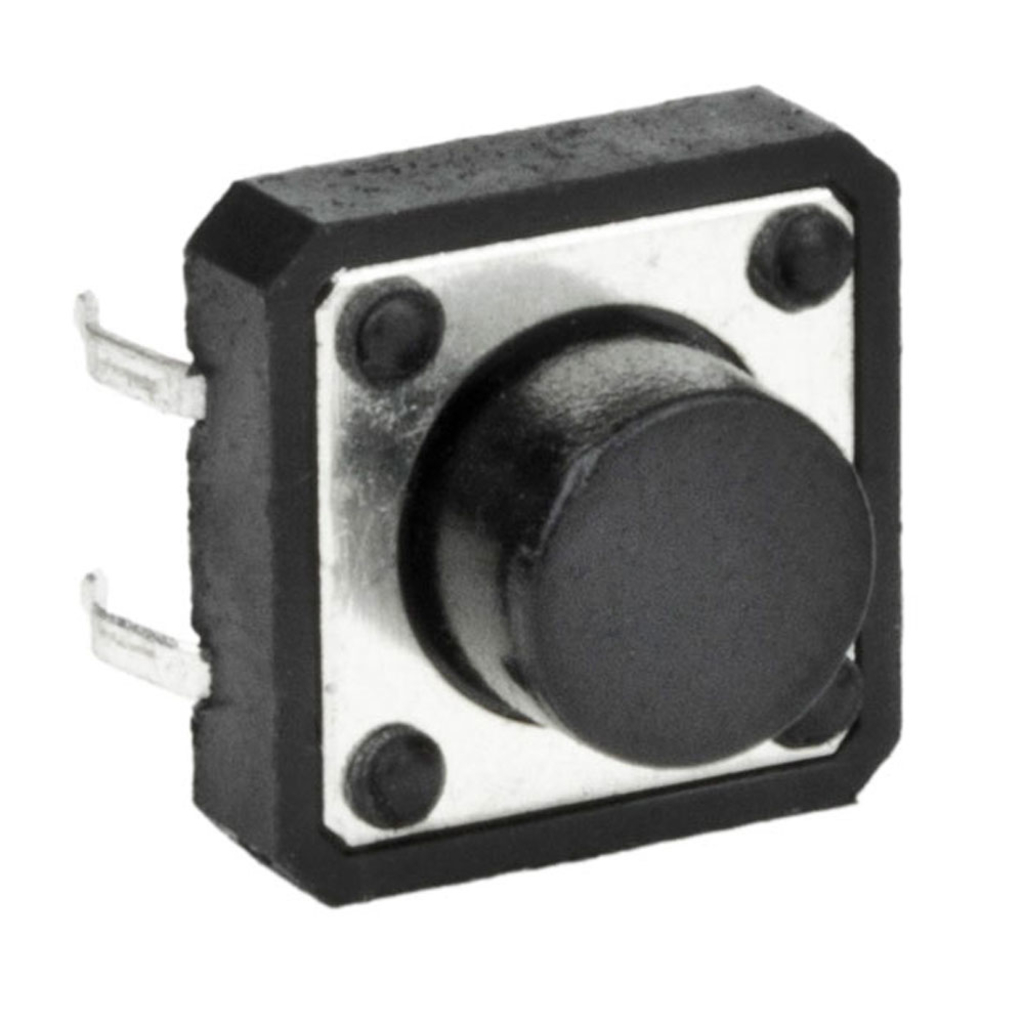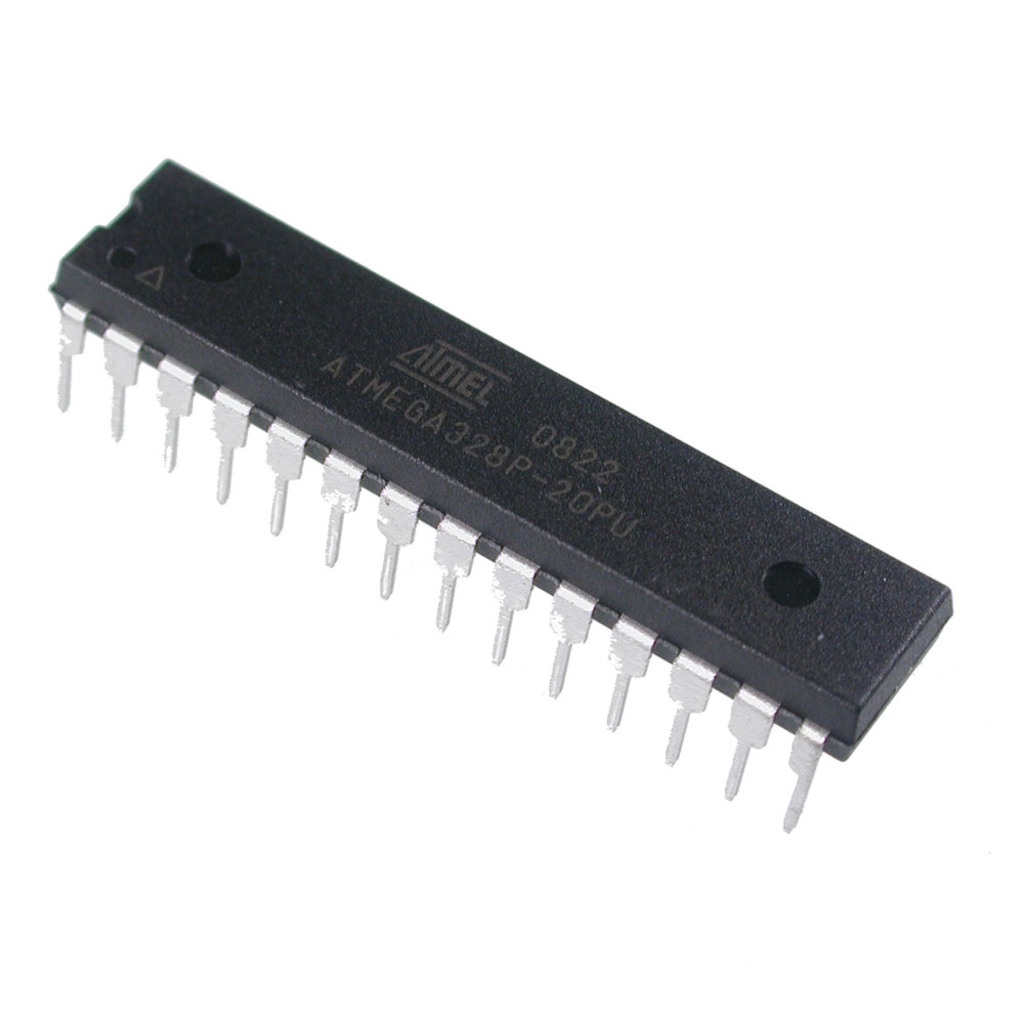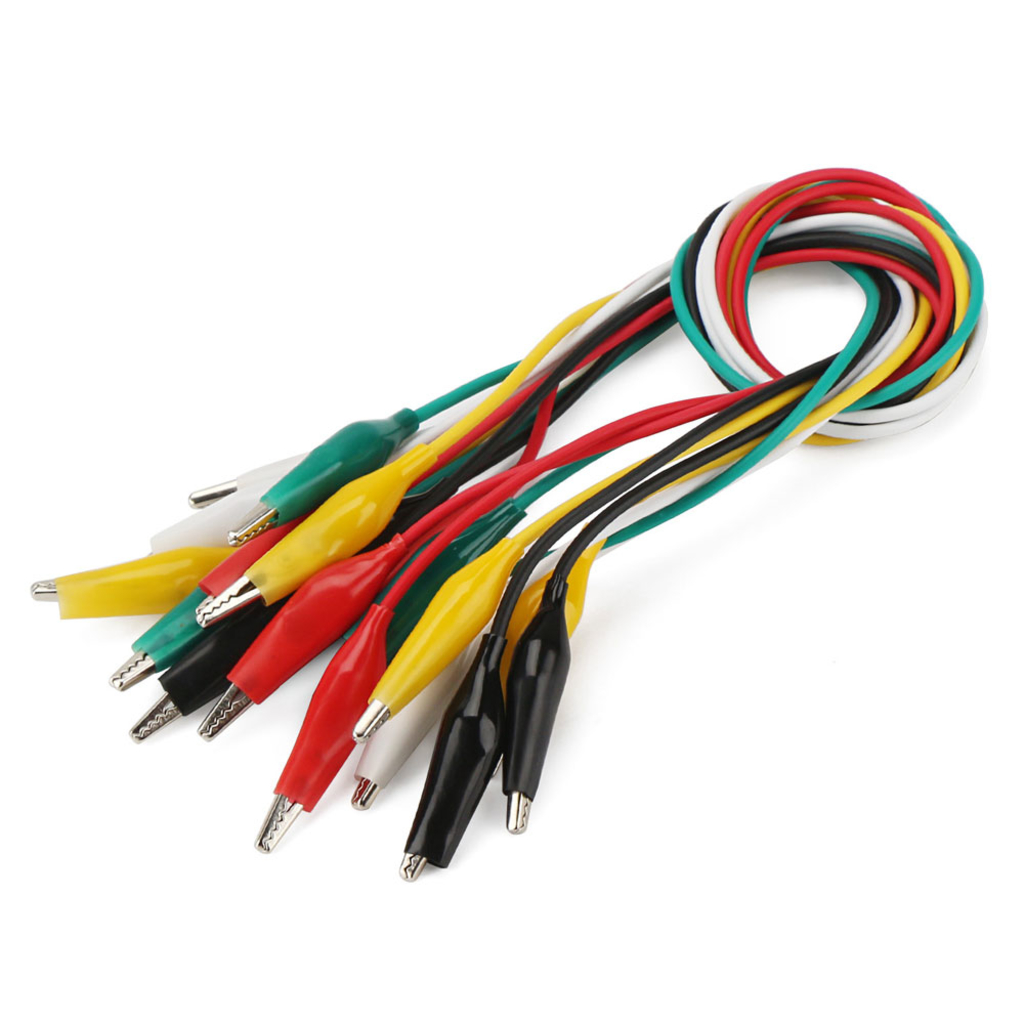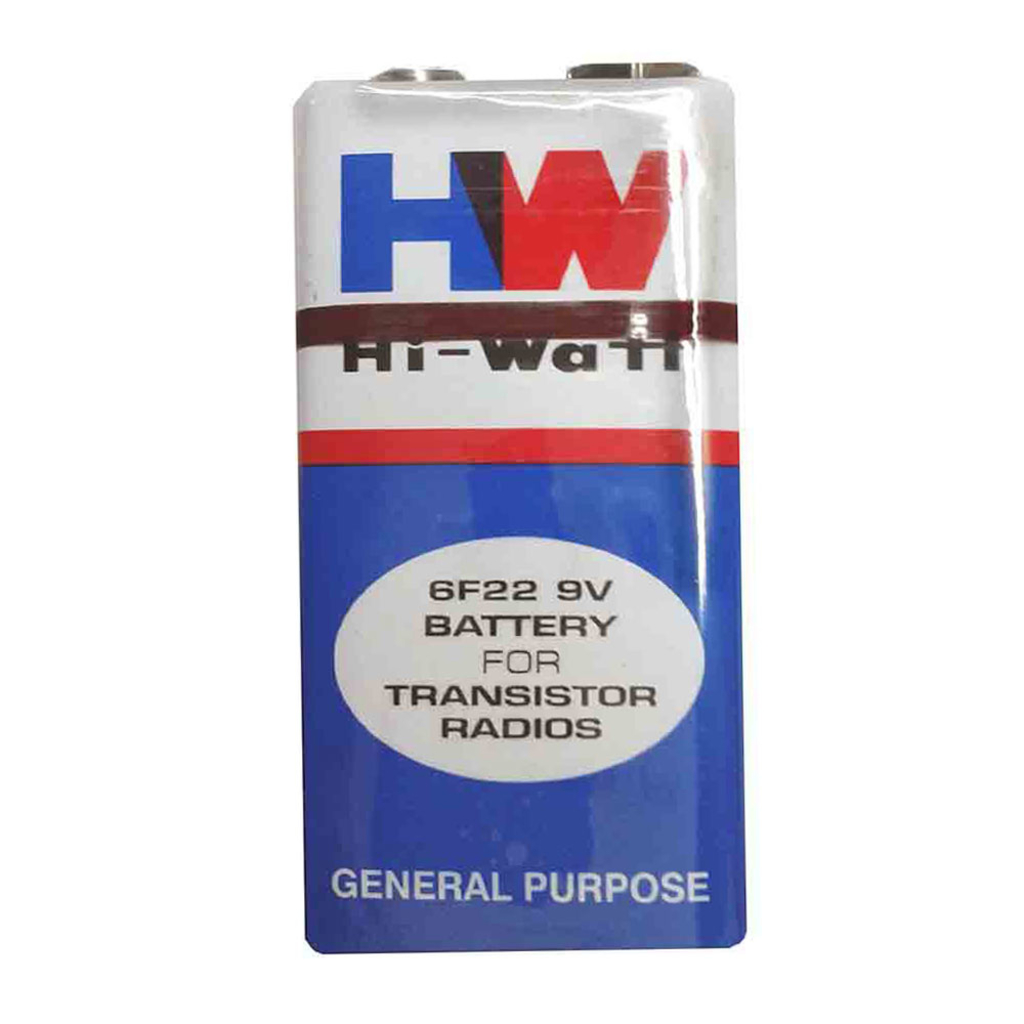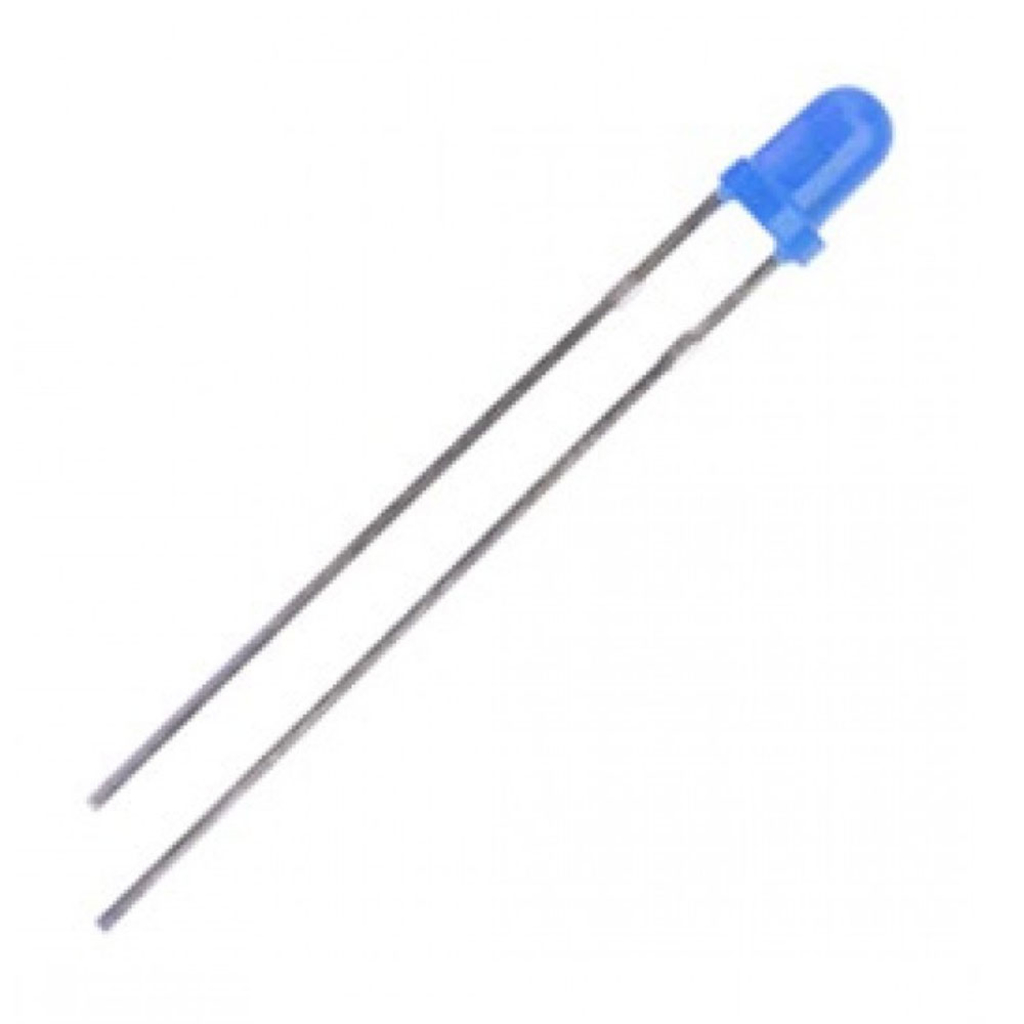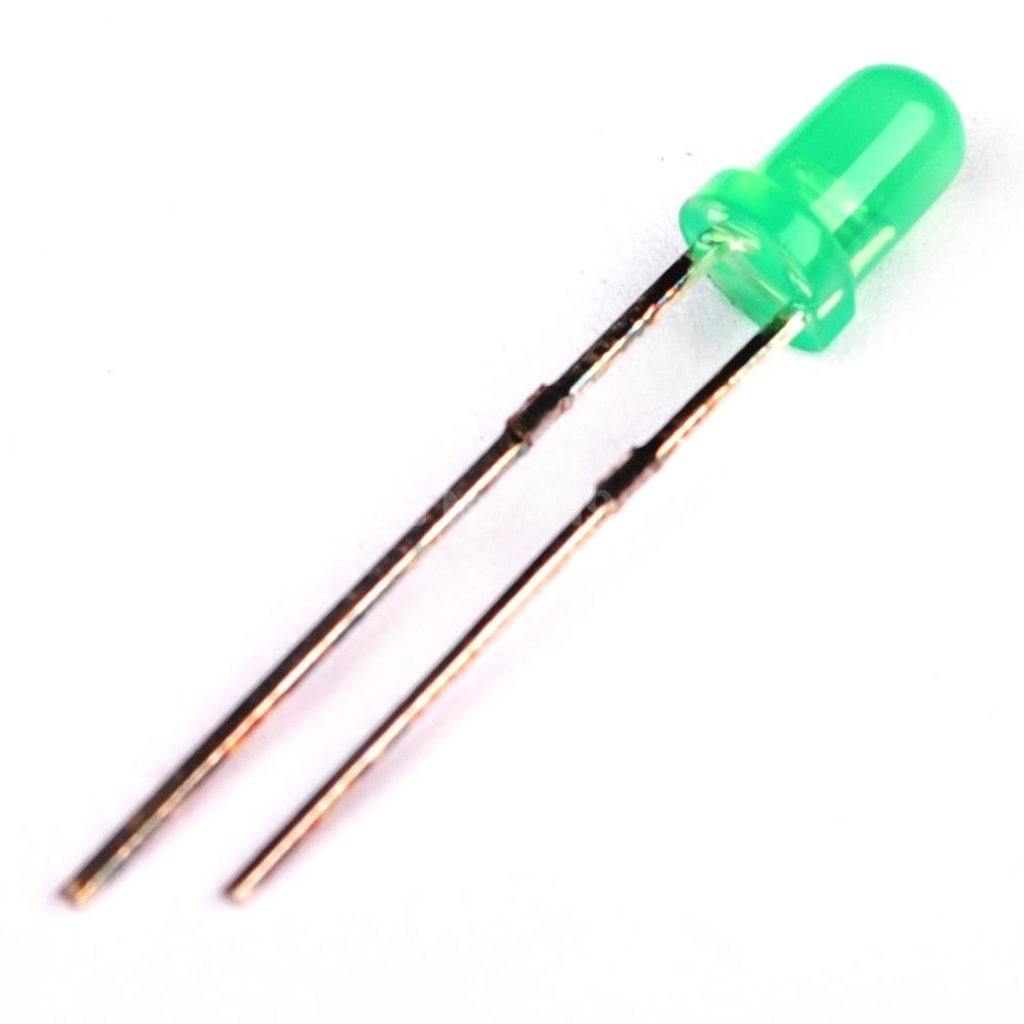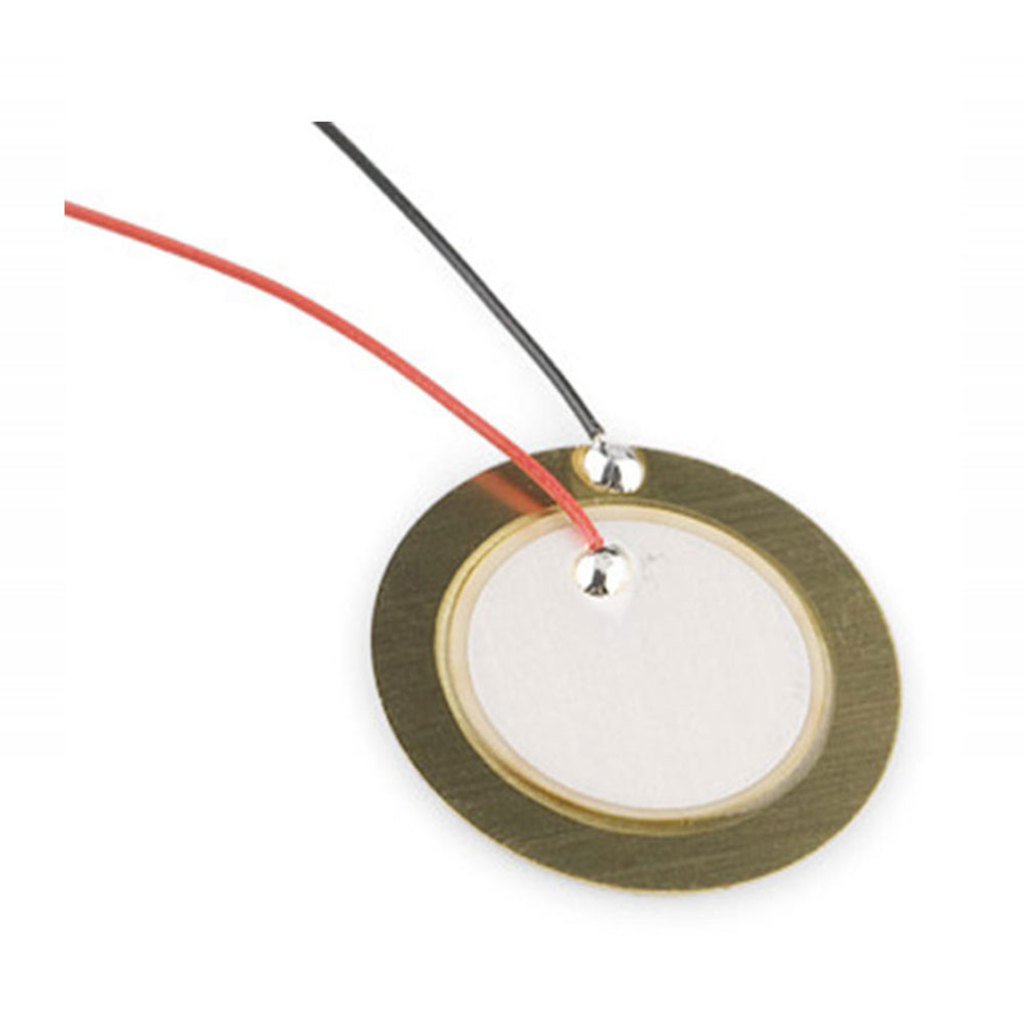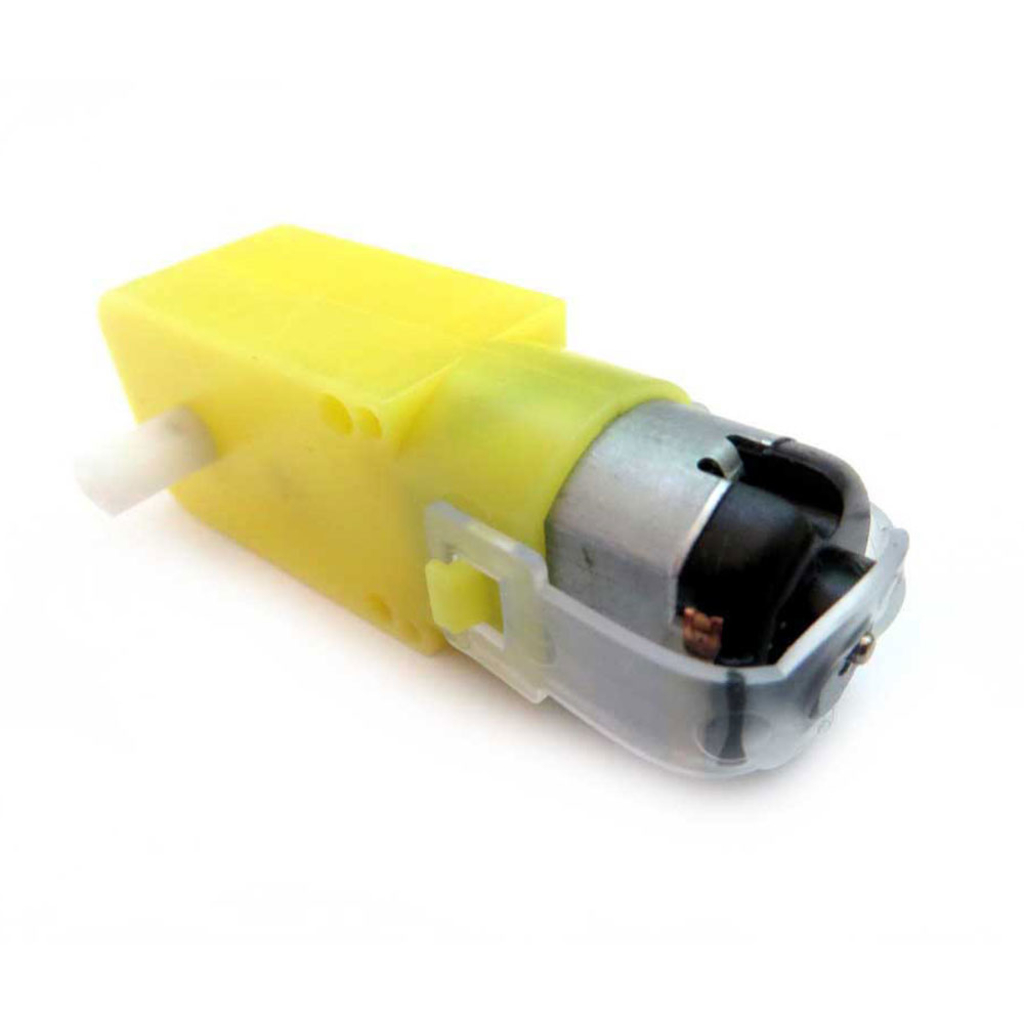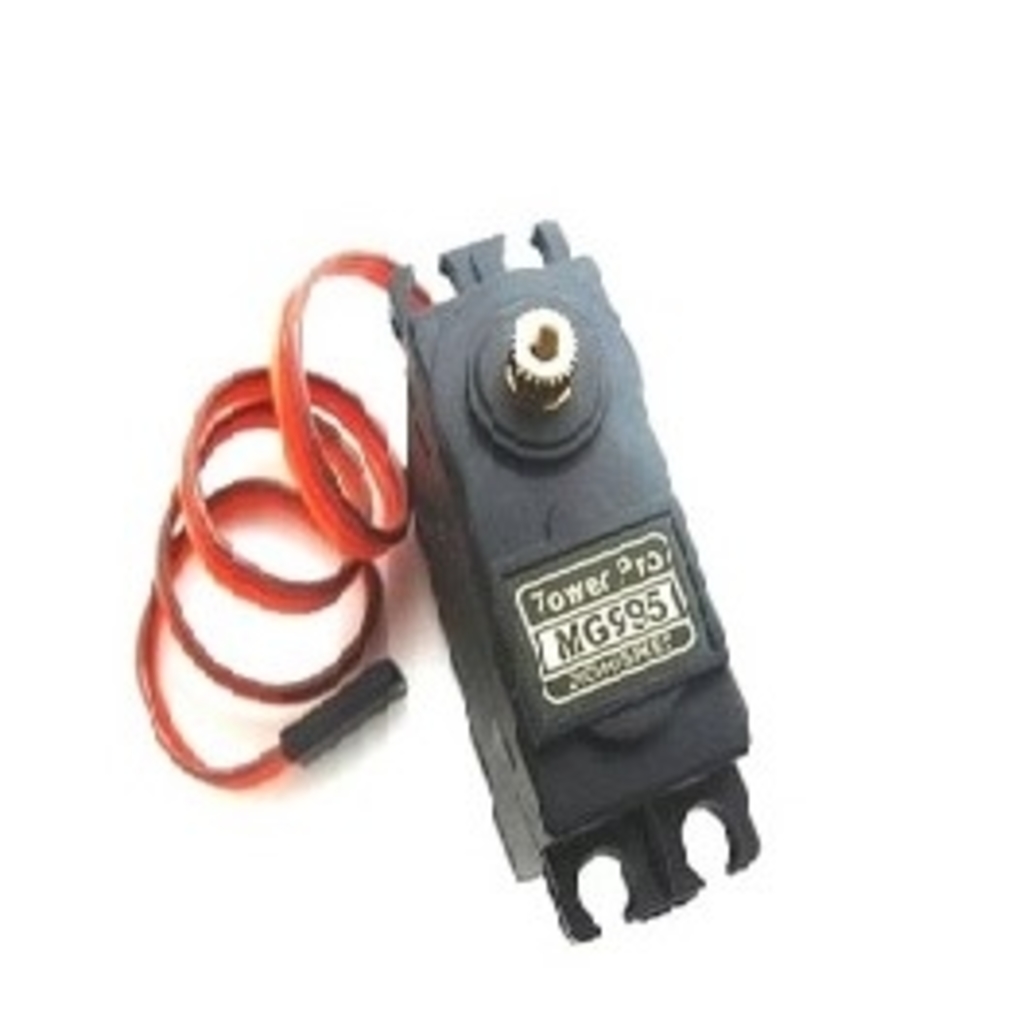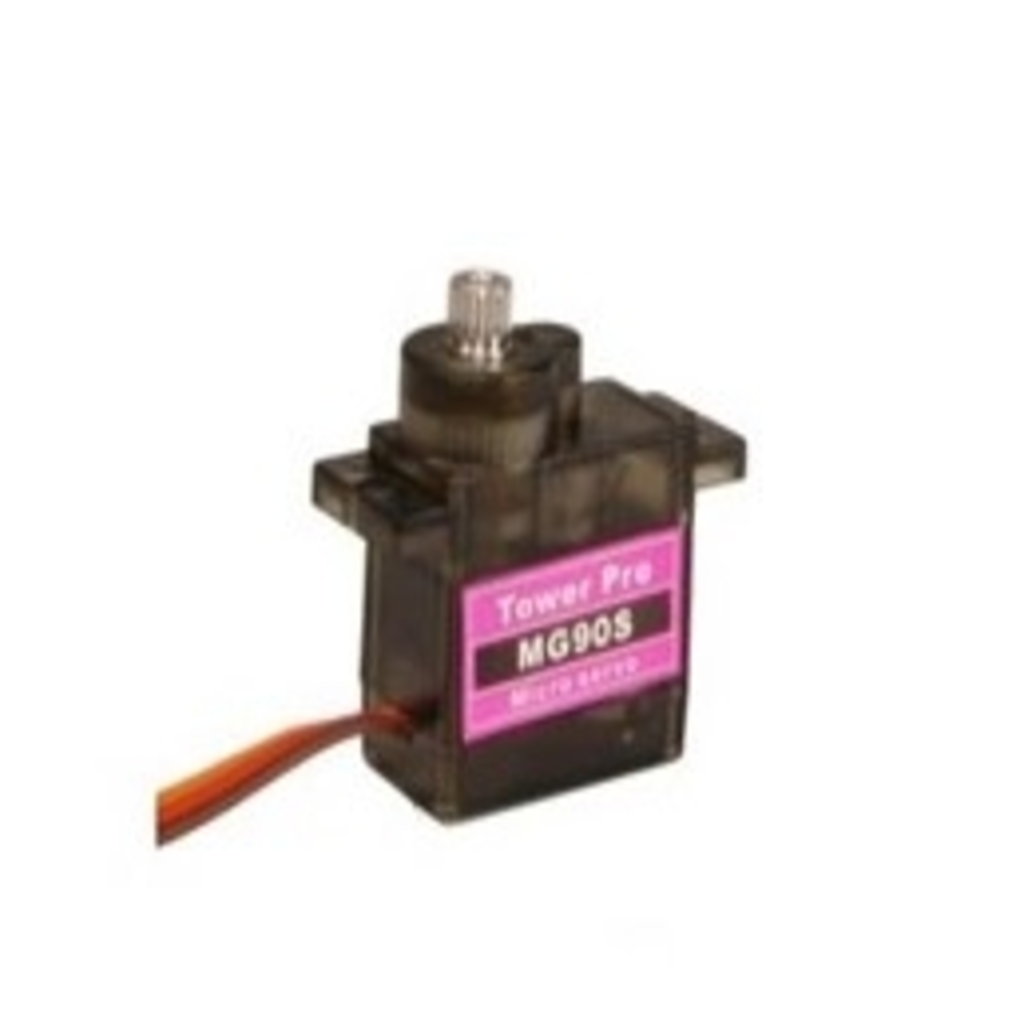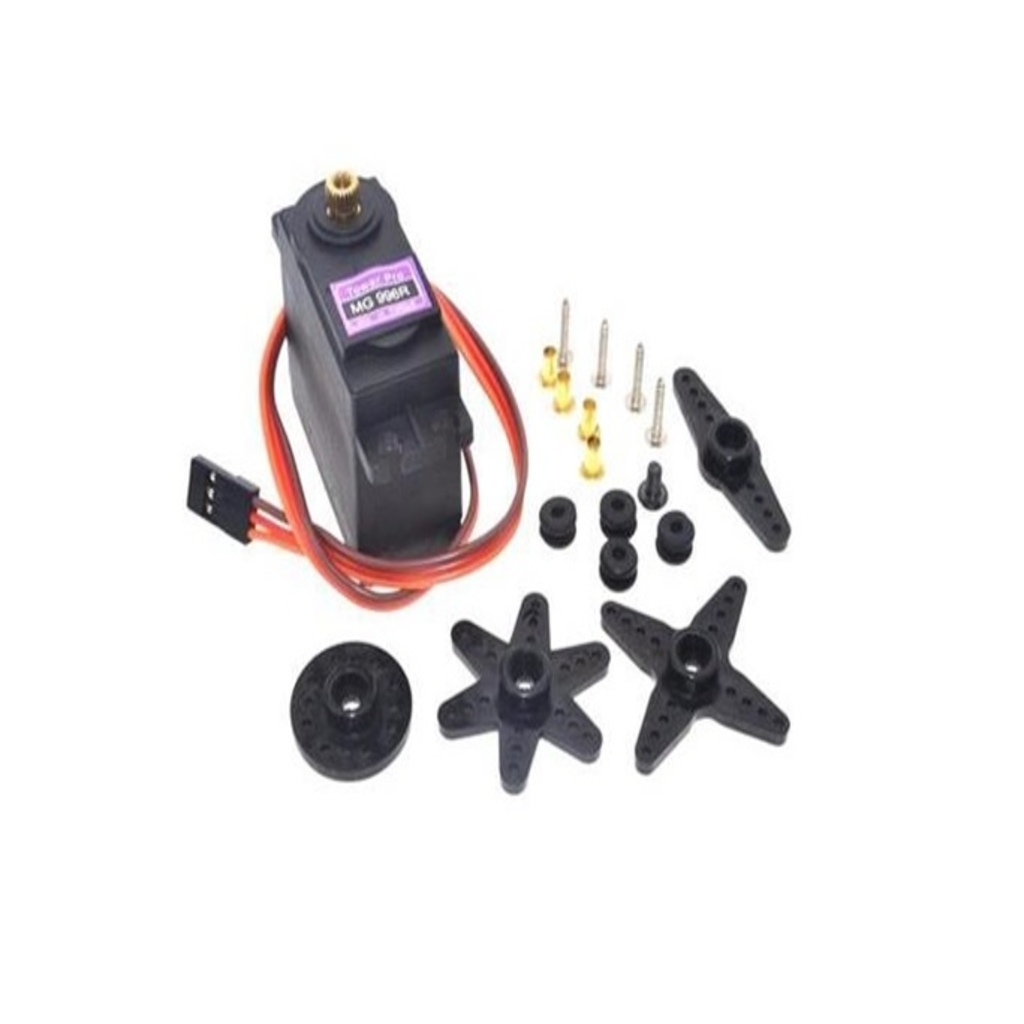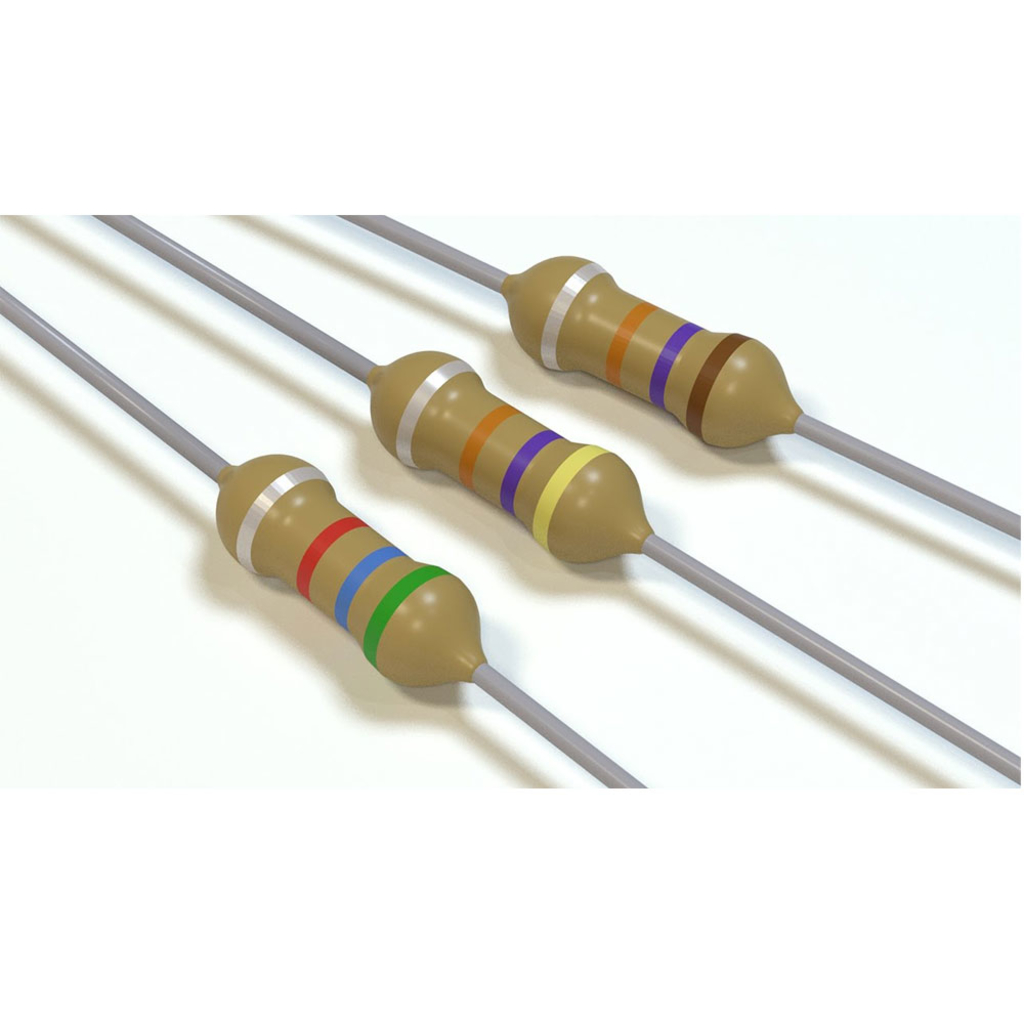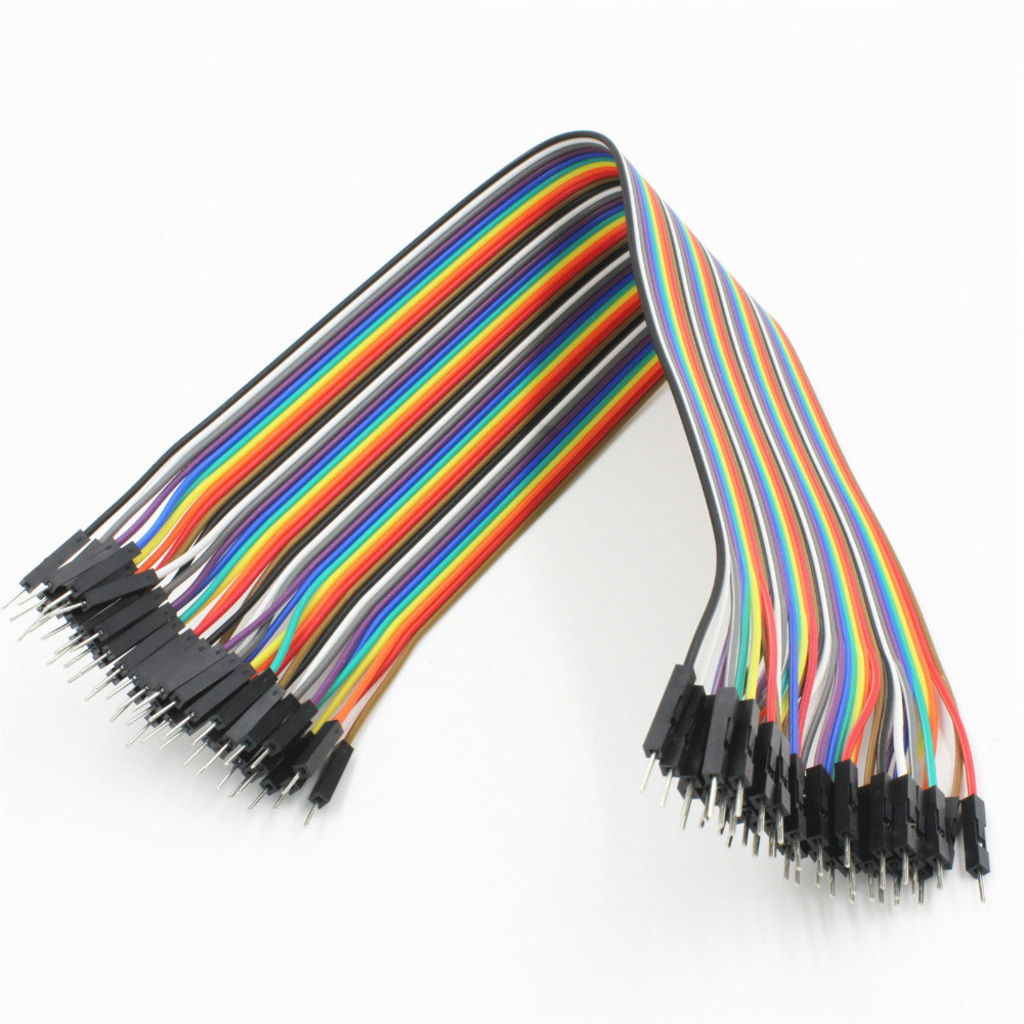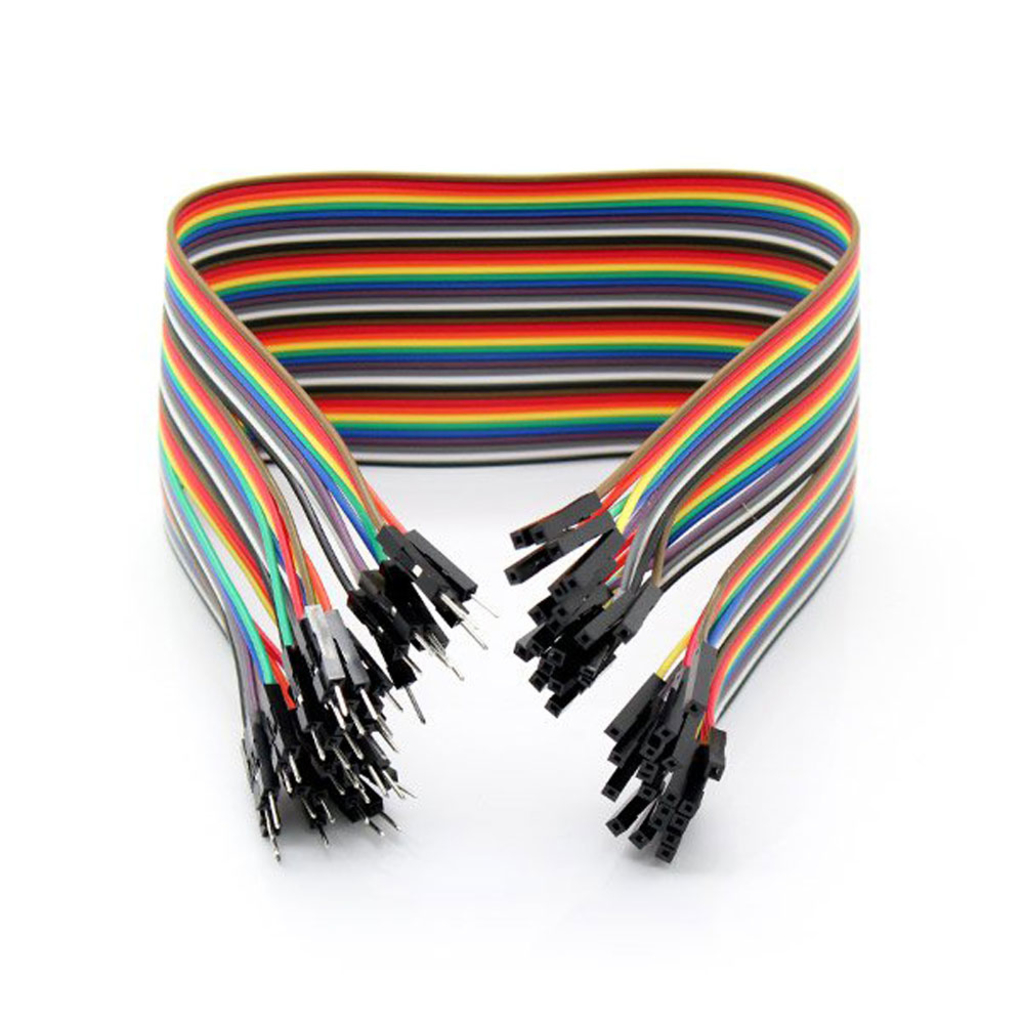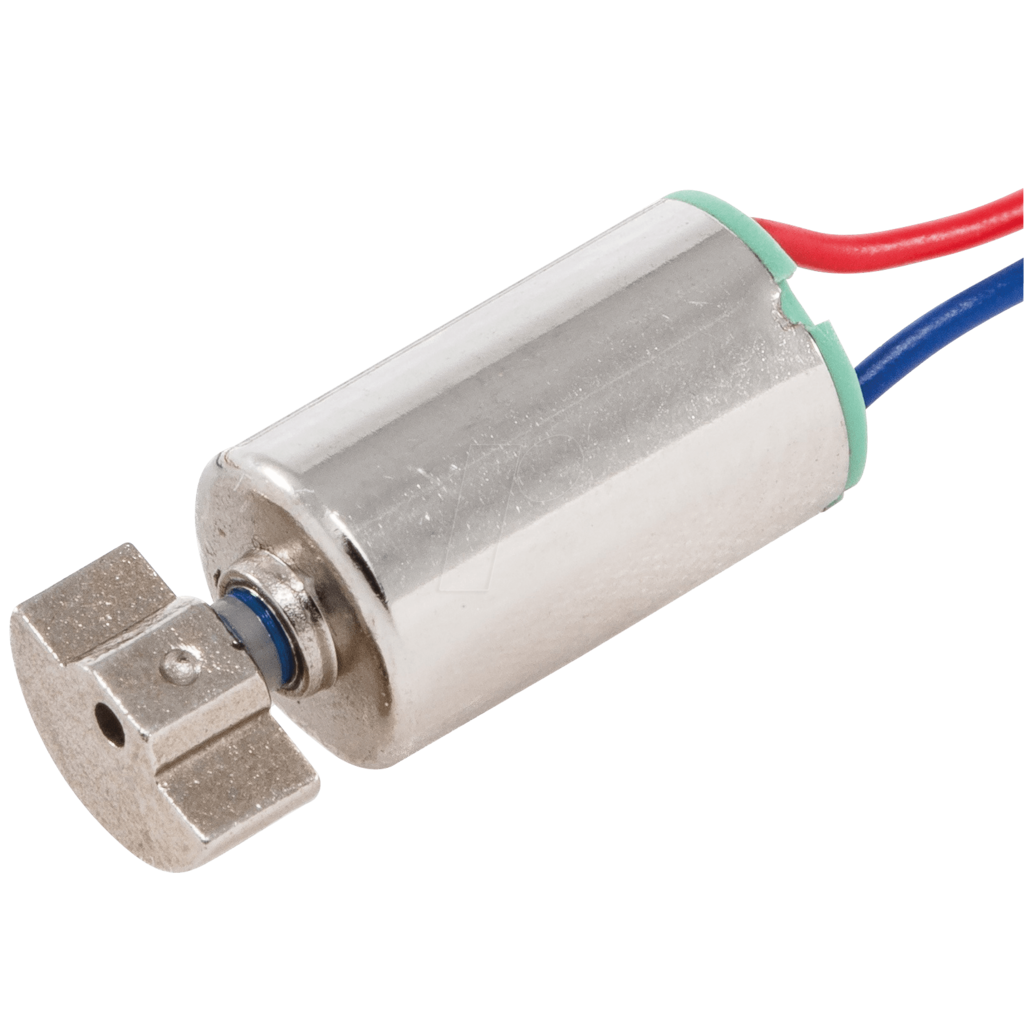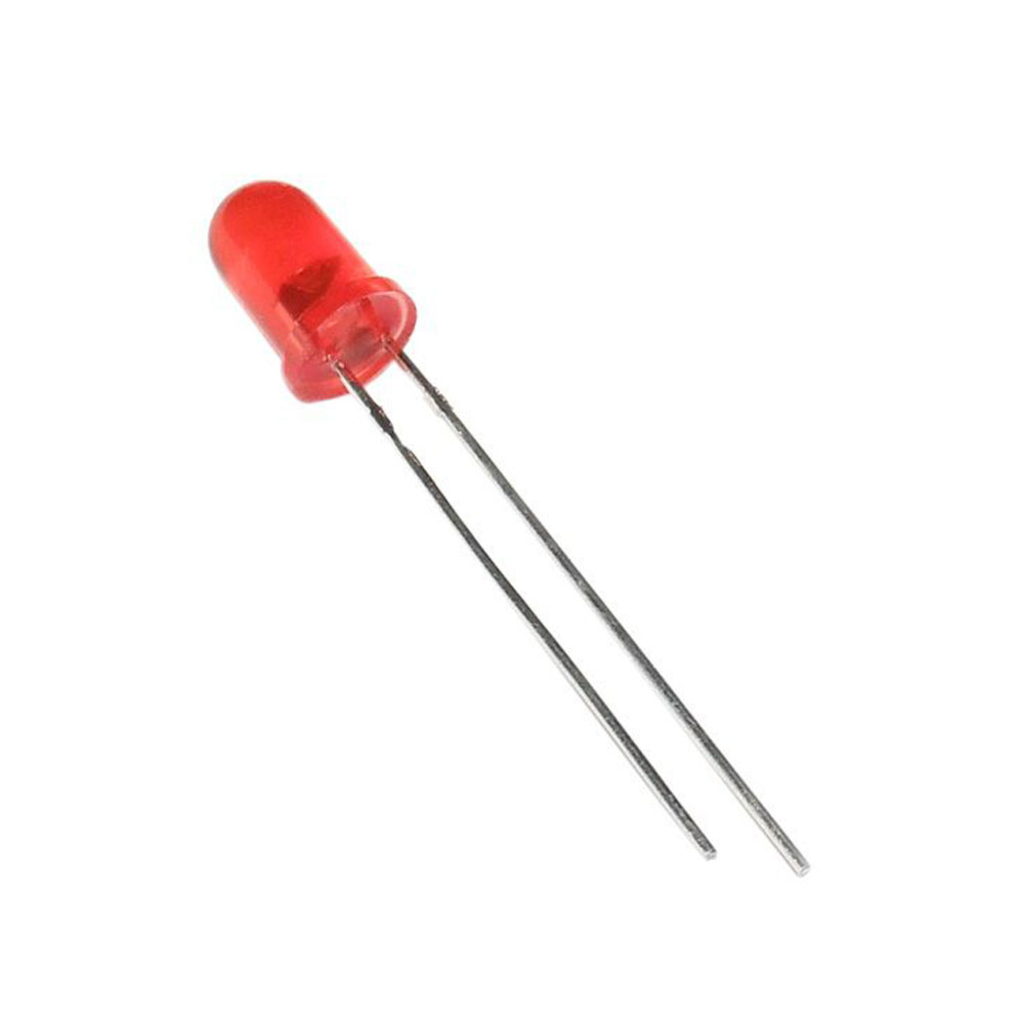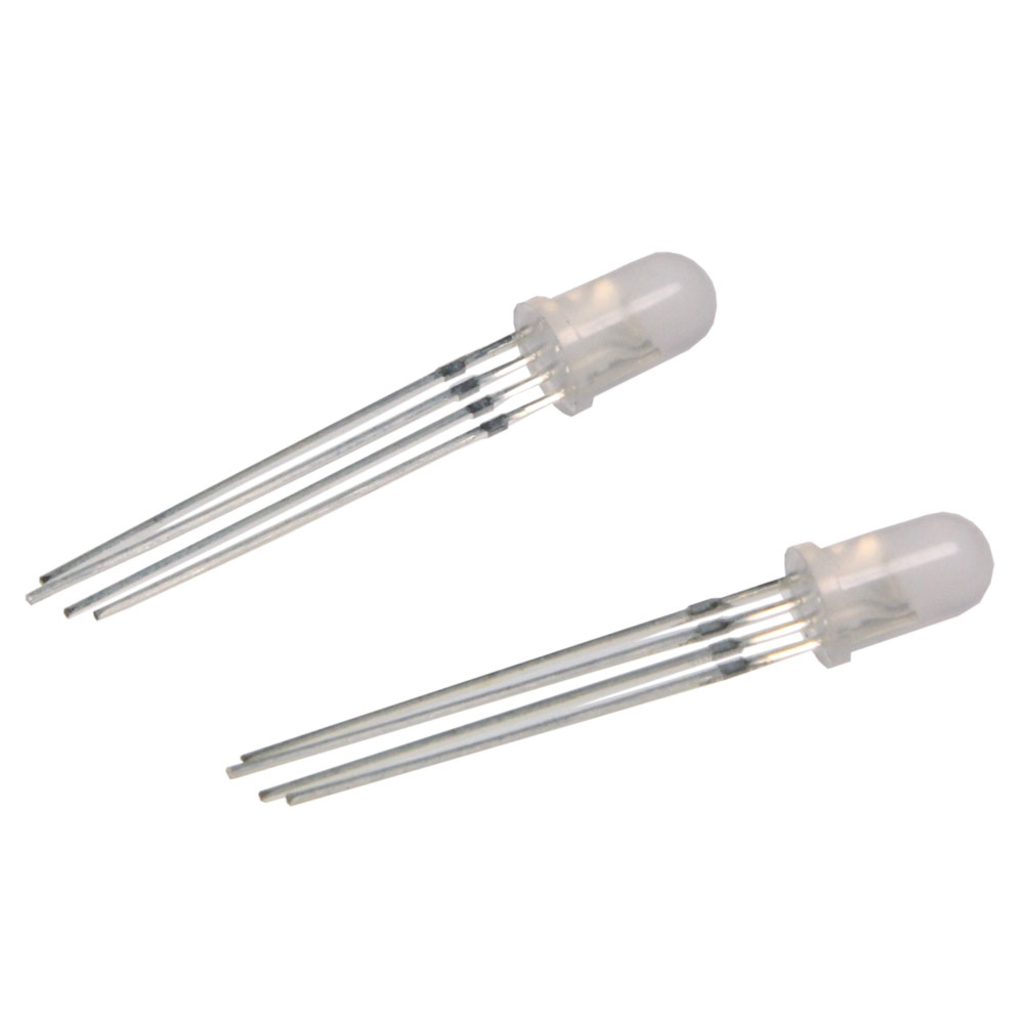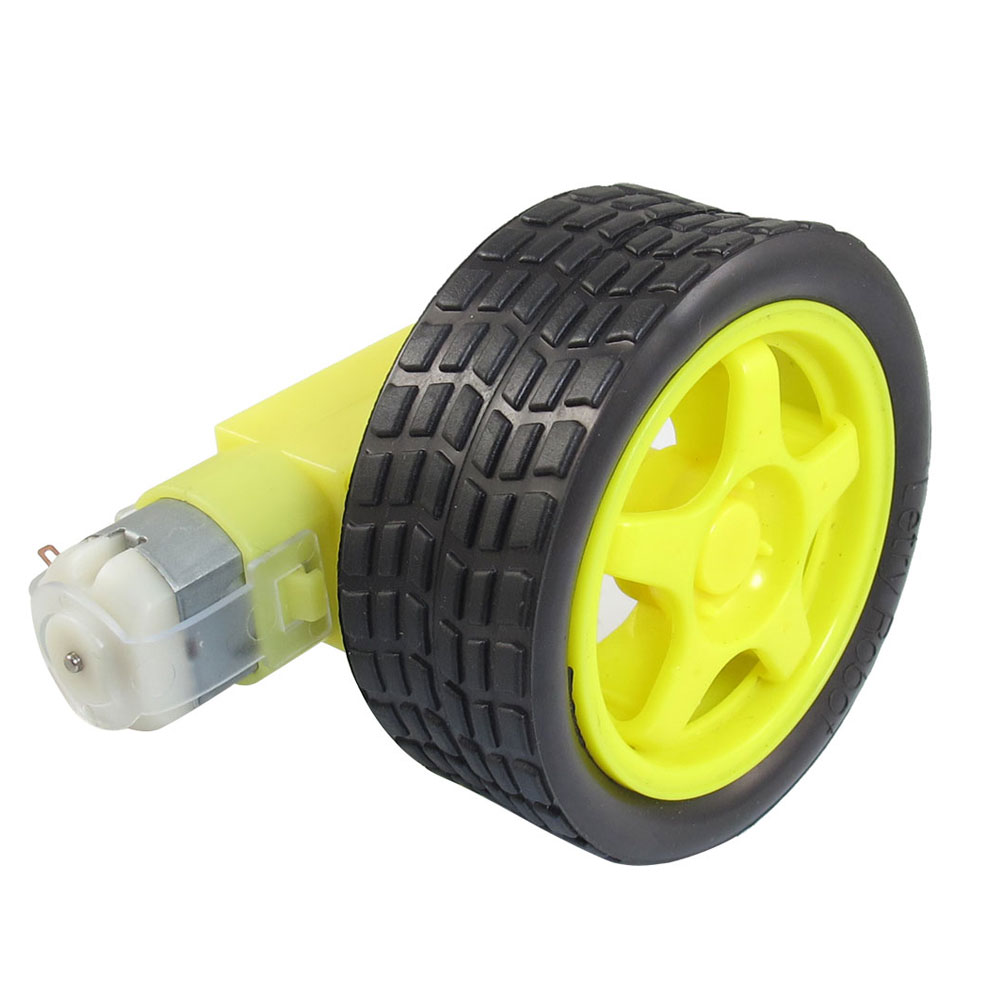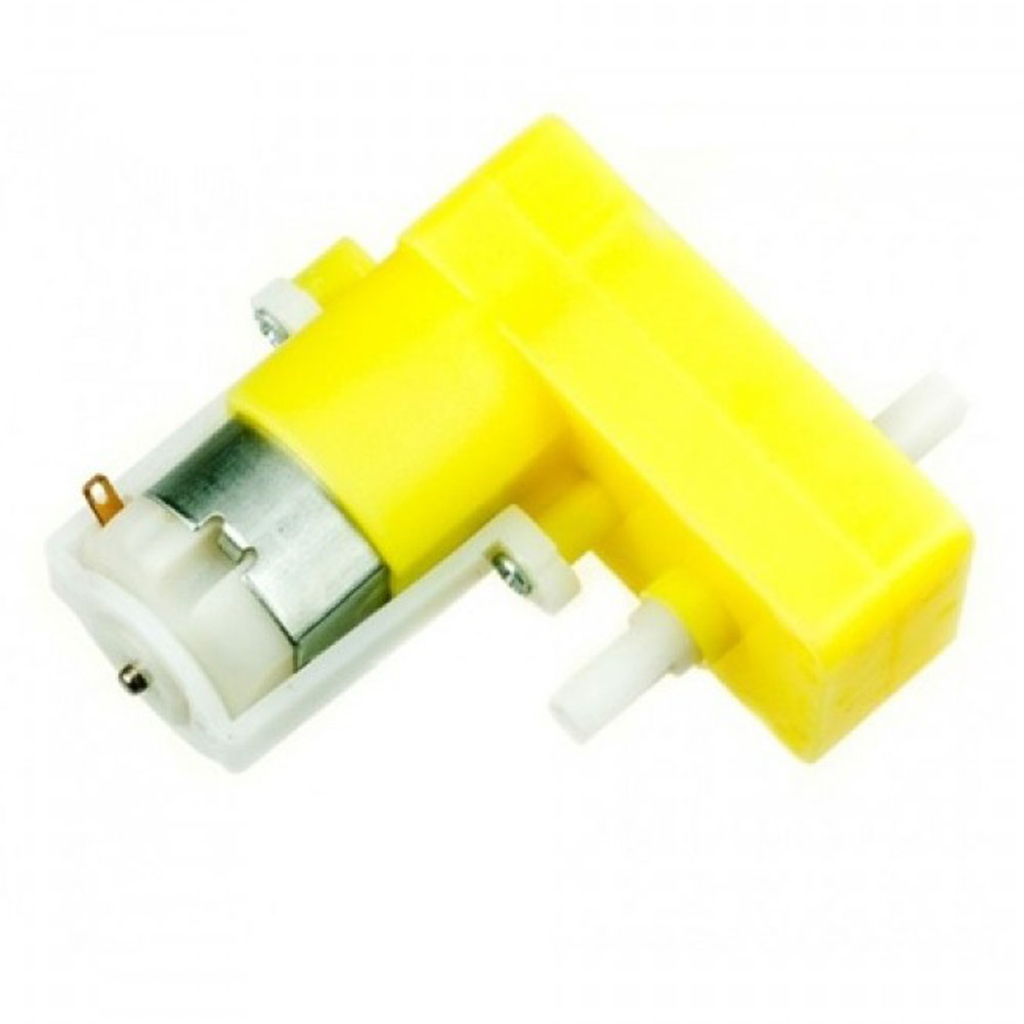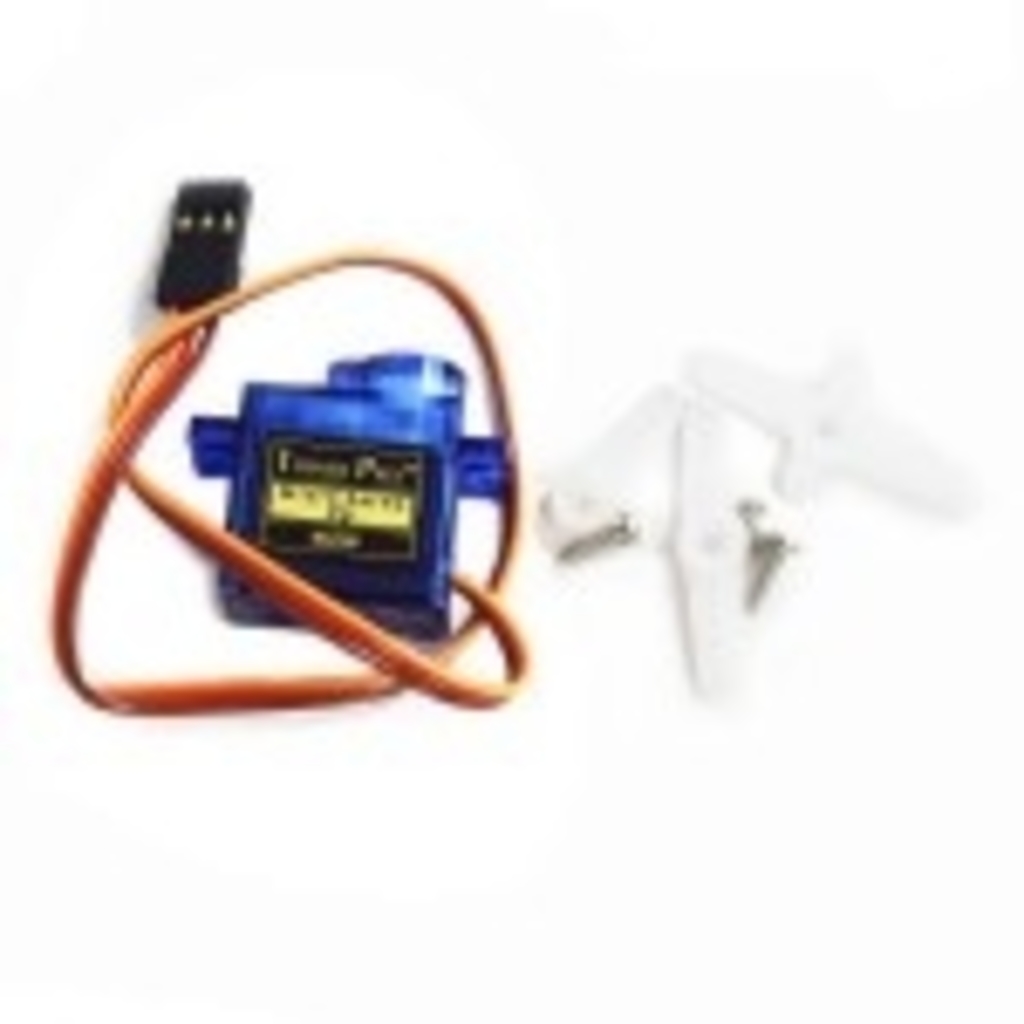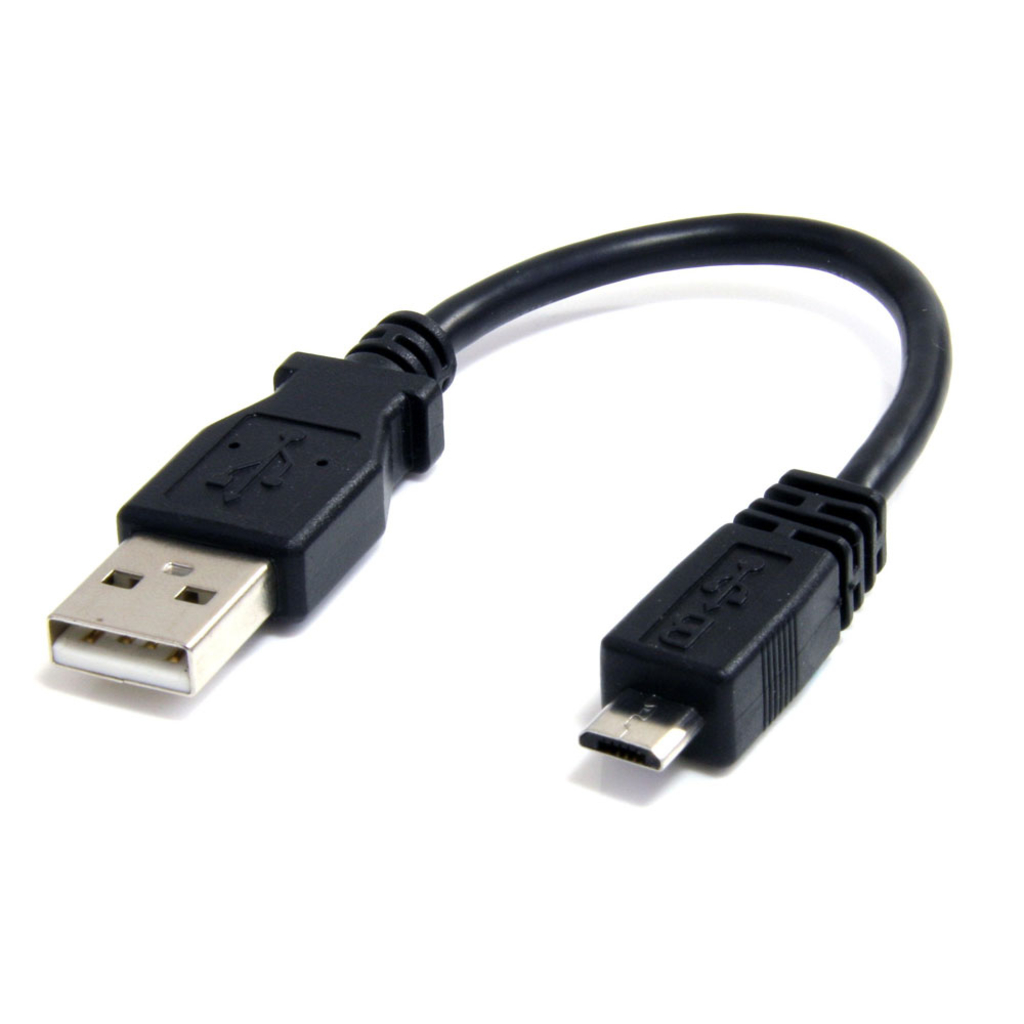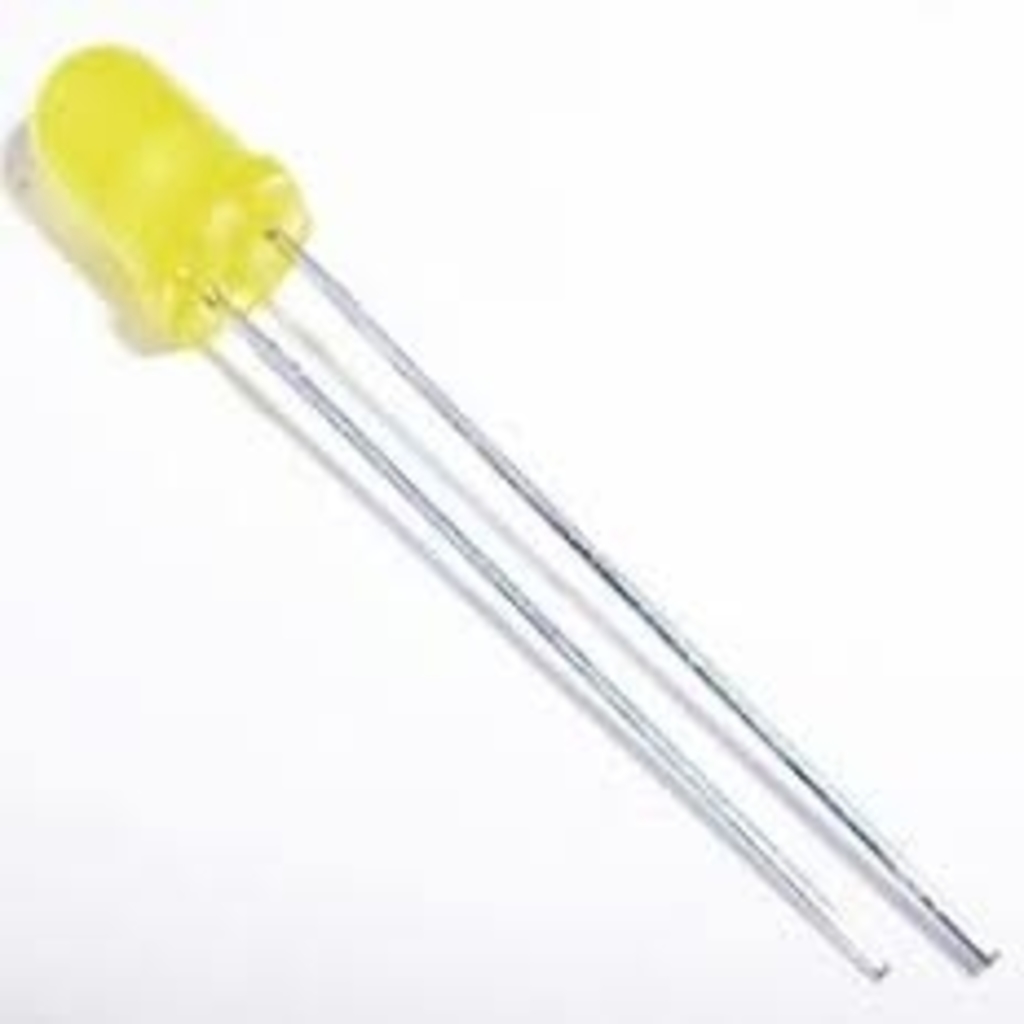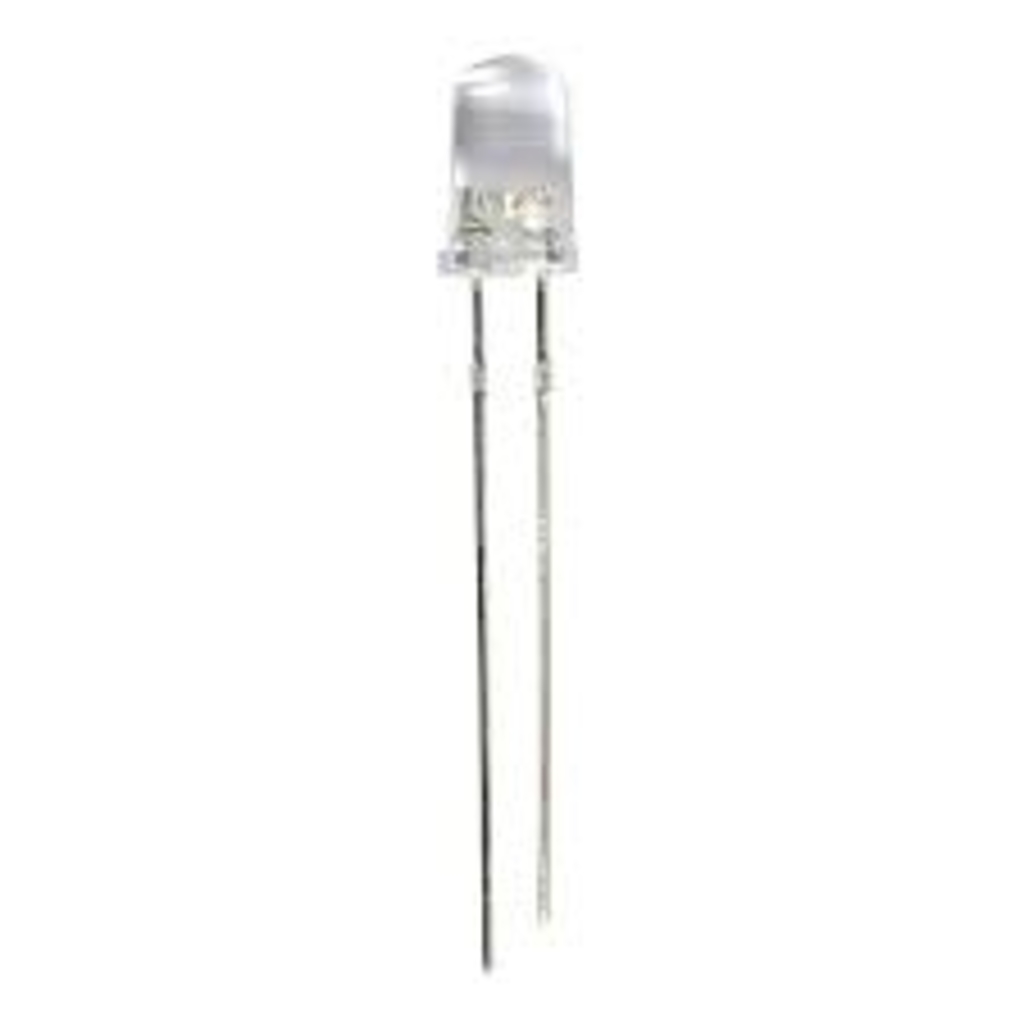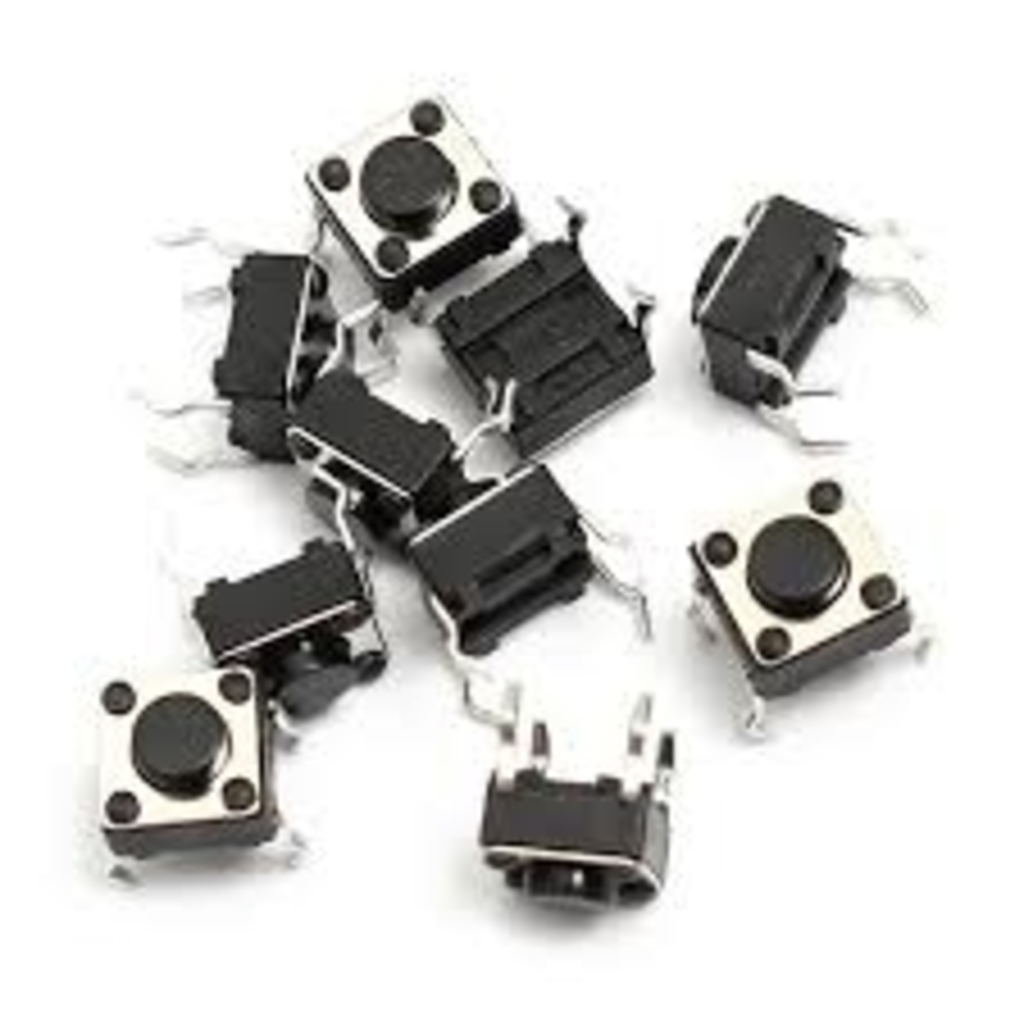19.00
29.00
99.00
149.00
99.00
19.00
99.00
99.00
49.00
159.00
349.00
399.00
449.00
49.00
99.00
99.00
99.00
49.00
99.00
99.00
119.00
99.00
179.00
99.00
99.00
799.00
USB Cable - Type A-to-Mini B
49.00
USB Mini Cable is mainly used for Arduino Nano (USB 2.0 A to USB 2.0 Mini B) with Gold Plated Connector is the plug-and-play connection cable with MP3 players, digital cameras and PDAs, External Hard Drives.
It connects speed-critical devices, such as external hard drives and smartphones, and peripherals that require a Mini-B connection to your computer.
FEATURES:
• Up to 480 Mbps data transfer rate
• 3-foot-long high-speed USB 2.0 A-Male to Mini-B cable
• Constructed with corrosion-resistant, gold-plated connectors for optimal signal clarity and shielding to minimize interference
Buzzer Small 5V
19.00
5V PCB Mounting Buzzer is a small PCB (printed circuit board) mountable buzzer. It is very small and compact 2-pin structure hence can be easily used on breadboard, PCBs which makes this a widely used component in most electronic applications. This Buzzer module emits loud sound when 3V to 5V is applied to it. Unlike a plain piezo, this buzzer does not need an AC signal. On one hand, that makes it really great for integrating into projects because you don't need an oscillating control signal. But on the other hand, you cannot change the frequency.
Buzzer Big 5V
29.00
5V PCB Mounting Buzzer is a big PCB (printed circuit board) mountable buzzer. It is very big and compact 2-pin structure hence can be easily used on breadboard, PCBs which makes this a widely used component in most electronic applications. This Buzzer module emits loud sound when 3V to 5V is applied to it. Unlike a plain piezo, this buzzer does not need an AC signal. On one hand, that makes it really great for integrating into projects because you don't need an oscillating control signal. But on the other hand, you cannot change the frequency.
Push Button Switch
99.00
A push-button (also spelled pushbutton) or simply button is a simple switch mechanism for controlling some aspect of a machine or a process. Buttons are typically made out of hard material, usually plastic or metal. The surface is usually flat or shaped to accommodate the human finger or hand, so as to be easily depressed or pushed. Buttons are most often biased switches, although many un-biased buttons (due to their physical nature) still require a spring to return to their un-pushed state. Terms for the "pushing" of a button include pressing, depressing, mashing, slapping, hitting, and punching.
Qty: Pack of 100 switches
Atmega 16U2 USB Controller IC
149.00
The ATmega8U2/16U2/32U2 is a low-power CMOS 8-bit microcontroller based on the AVR enhanced RISC architecture. By executing powerful instructions in a single clock cycle, the ATmega8U2/16U2/32U2 achieves throughputs approaching 1 MIPS per MHz. allowing the system designed to optimize power consumption versus processing speed.
Alligator Connectors
99.00
Alligator connector is a sprung metal clip with long, serrated jaws which is used for creating a temporary electrical connection. This simple mechanical device gets its name from the resemblance of its jaws to that of an alligator's or crocodile's. It is used to connect an electrical cable to a battery or some other component. Functioning much like a spring-loaded clothespin, the clip's tapered, serrated jaws are forced together by a spring to grip an object. When manufactured for electronics testing and evaluation, one jaw of the clip is typically permanently crimped or soldered to a wire, or is bent to form the inner tubular contact of a 4 mm female banana jack, enabling quick non-permanent connection between a circuit under test and laboratory equipment or to another electrical circuit. The clip is typically covered by a plastic shroud or "boot" to prevent accidental short-circuits.
9V Battery - HIW
19.00
9V BATTERY CLIPac GENERAL DESCRIPTION. 9-volt battery in its most common form was introduced for the early transistor radios. It has a rectangular prism shape with rounded edges and a polarized snap connector at the top. This type is commonly used in walkie talkies, clocks and smoke detectors.
LEDs - Blue
99.00
A light-emitting diode (LED) is a semiconductor light source that emits light when current flows through it. Electrons in the semiconductor recombine with electron holes, releasing energy in the form of photons. The color of the light (corresponding to the energy of the photons) is determined by the energy required for electrons to cross the band gap of the semiconductor.
It is pack of 100 LEDs
LEDs - Green
99.00
A light-emitting diode (LED) is a semiconductor light source that emits light when current flows through it. Electrons in the semiconductor recombine with electron holes, releasing energy in the form of photons. The color of the light (corresponding to the energy of the photons) is determined by the energy required for electrons to cross the band gap of the semiconductor.
It is pack of 100 LEDs
Piezoelectric Plate
49.00
A piezoelectric plate is a device that uses the piezoelectric effect to measure pressure, acceleration, strain or force by converting them to an electrical charge. Piezoelectricity is the electricity generated by piezo element by effect called the piezoelectric effect. It is the ability of certain materials to generate an AC (alternating current) voltage when subjected to mechanical stress or vibration, or to vibrate when subjected to an AC voltage, or both. The most common piezoelectric material is quartz. Certain ceramics, Rochelle salts, and various other solids also exhibit this effect.
Specification:
• Resonance Frequency: 4.6 KHz +/- 0.5 KHz
• Resonance Impedance: 200 Ohms
• Capacitance: 20nF +/- 30% at 1 KHz
• Operating Temperature -20 to +70 C
• Storage Temperature -30 to +80 C
• Metal Material Brass
Qty: Pack of 5 Pcs.
DC Motor
159.00
A DC motor is any of a class of rotary electrical machines that converts direct current electrical energy into mechanical energy. The most common types rely on the forces produced by magnetic fields. Nearly all types of DC motors have some internal mechanism, either electromechanical or electronic; to periodically change the direction of current flow in part of the motor.
The DC Motor or Direct Current Motor to give it its full title, is the most commonly used actuator for producing continuous movement and whose speed of rotation can easily be controlled, making them ideal for use in applications were speed control, servo type control, and/or positioning is required. A DC motor consists of two parts, a “Stator” which is the stationary part and a “Rotor” which is the rotating part.
Normal DC motors have almost linear characteristics with their speed of rotation being determined by the applied DC voltage and their output torque being determined by the current flowing through the motor windings. The speed of rotation of any DC motor can be varied from a few revolutions per minute (rpm) to many thousands of revolutions per minute making them suitable for electronic, automotive or robotic applications. By connecting them to gearboxes or gear-trains their output speed can be decreased while at the same time increasing the torque output of the motor at a high speed.
Servo Motor - Metal Gear, 180, MG995
349.00
Since MG995 is a servo motor providing precise rotation over 180º range its applications are many and amongst them a few are stated below:
- The servo is suited for designing robotic arm in which wear and tear of motor is high. Being metal geared, the servo has long life and can be installed on system like robotic arm were motor work is huge.
- The servo is also suited to be used in drones and toy planes. Having a satisfying torque which is enough to overcome air resistance and control wings of plane, the servo is preferred in toy planes and drones which need precision control no matter the condition.
Micro Servo Motor - Metal Gear, 180, MG90
399.00
MG90S servo, Metal gear with one bearing Tiny and lightweight with high output power, this tiny servo i Helicopter, Quad copter or Robot durability. Servo can rotate approximately 180 degrees (90 in each direction), and works just like the standard kinds but smaller. You can use any servo code, hardware or library to control these servos. Good for beginners who want to make stuff move without building a motor controller with feedback & gear box, especially si (arms) and hardware.
Specifications:
• Weight: 13.4 g
• Dimension: 22.5 x 12 x 35.5
• Stall torque: 1.8 kgf-cm (4.8V)
• Operating speed: 0.1s/60 degree
• Operating voltage: 4.8 V –
• Dead band width: 5 µs
MG90S servo, Metal gear with one bearing Tiny and lightweight with high output power, this tiny servo i Helicopter, Quad copter or Robot durability. Servo can rotate approximately 180 degrees (90 in each direction), and works just like the standard kinds but smaller. You can use any servo code, hardware or library to control these servos. Good for beginners who want to make stuff move without building a motor controller with feedback & gear box, especially si (arms) and hardware.
Specifications:
• Weight: 13.4 g
• Dimension: 22.5 x 12 x 35.5
• Stall torque: 1.8 kgf·cm (4.8V)
• Operating speed: 0.1 s/60 degree
• Operating voltage: 4.8 V –
• Dead band width: 5 µs
Servo Motor - Metal Gear Servo, MG996R
449.00
This High-Torque MG996R Digital Servo features metal gearing resulting in extra high 10kg stalling torque in a tiny package. It features upgraded shock-proofing and a redesigned PCB and IC control system that make it much more accurate than its predecessor MG995. The gearing and motor have also been upgraded to improve dead bandwidth and centering. This high-torque standard servo can rotate approximately 120º (60º in each direction).
Resistors
49.00
The box which contains the resistors of different values for estimating and comparing the resistance is known as the resistance box. The accuracy of the resistance box is very high. A resistor is an electrical component that limits or regulates the flow of electrical current in an electronic circuit. Resistors can also be used to provide a specific voltage for an active device such as a transistor. and contains a pack of 100 resistors.
Jumper Wires - M-M
99.00
Jumper wires are simply wires that have connector pins at each end, allowing them to be used to connect two points to each other without soldering. Jumper wires are typically used with breadboards and other prototyping tools in order to make it easy to change a circuit as needed.Male ends have a pin protruding and can plug into things, while female ends do not and are used to plug things into. Male-to-male jumper wires are the most common and what you likely will use most often. When connecting two ports on a breadboard, a male-to-male wire is what you'll need.
Jumper Wires - M-F
99.00
Jumper wires are simply wires that have connector pins at each end, allowing them to be used to connect two points to each other without soldering. Jumper wires are typically used with breadboards and other prototyping tools in order to make it easy to change a circuit as needed.Male ends have a pin protruding and can plug into things, while female ends do not and are used to plug things into. Male-to-female jumper wires are the most common and what you likely will use most often. When connecting two ports on a breadboard, a male-to-female wire is what you'll need.
Jumper Wires - F-F
99.00
Jumper wires are simply wires that have connector pins at each end, allowing them to be used to connect two points to each other without soldering. Jumper wires are typically used with breadboards and other prototyping tools in order to make it easy to change a circuit as needed.
Female ends have a pin protruding and can plug into things, while female ends do not and are used to plug things into. Female-to-female jumper wires are the most common and what you likely will use most often. When connecting two ports on a breadboard, a female-to-female wire is what you'll need.
Vibration Motor
49.00
A vibrating motor is essentially a motor that is improperly balanced. In other words, there is an off-centred weight attached to the motor's rotational shaft that causes the motor to wobble.
The amount of wobble can be changed by the amount of weight that you attach, the weight's distance from the shaft, and the speed at which the motor spins.
This type of motor can be affixed to all kinds of objects, which will cause them to vibrate and move freely about. This is a quick and dirty way to get a Simple Bot to move about, but not exactly the most elegant. Vibrating motors can be found inside cell phones, pagers, gaming controllers, and personal massagers.
In absence of those, you can easily build your own vibrating motor by attaching any off centred weight to any motor shaft. They can also be created by breaking in half balanced components already attached to motor shafts.
LEDs - Red
99.00
A light-emitting diode (LED) is a semiconductor light source that emits light when current flows through it. Electrons in the semiconductor recombine with electron holes, releasing energy in the form of photons. The color of the light (corresponding to the energy of the photons) is determined by the energy required for electrons to cross the band gap of the semiconductor.
It's a box of 100 LEDs
RGB LEDs
99.00
RGB LED means red, blue and green LEDs. RGB LED products combine these three colors to produce over 16 million hues of light. Note that not all colors are possible. Some colors are outside the triangle formed by the RGB LEDs also, pigment colors such as brown or pink are difficult, or impossible, to achieve. RGB LED is a combination of three LEDs in just one package: red, green and blue. You can generate different colors by adjusting the brightness of each of the three LEDs of the RGB LED; to adjust the brightness of each LED, you use a PWM signal.
BO Motor with Wheel
119.00
The wheel is made up of high-quality rubber which gives maximum traction while operating. The wheel is strong and sturdy as it features nylon reinforced plastic rim. This wheel can be coupled to BO type motors by coupling it.
BO motor attached to the shaft, which is mechanically commutated electric motor powered from direct current (DC). Generally used in DIY projects, Battery operated toys, Radio controlled vehicles, Robotic projects etc.
Features:
- Working voltage of motor: 3-6V
- High Quality wheels with solid grip tyres
- Center hole of wheel: 5.3MM x 3.66MM
- Wheel size: 65x26mm
- Reduction Rate : 48:1
- Motor Weight : 50g
- Color: Yellow
BO Motor, 150 RPM
99.00
This is a standard low cost low voltage durable Dual Shaft Plastic Gear BO Motor running at 150 RPM. It is most suitable for light weight robot running on voltages between 5V-9V. Out of its two shafts one shaft can be connected to wheel, while the other can be connected to an encoder.
Features:
- Gear materials: plastic
- Motor types: Permanent Magnet
- Brush-type: Brushed
- Magnet types: Ferrite Magnets
- Torque multiplication: Generates a large force at a low speed
- Low density: Lightweight and Low Inertia
- Uniformity of parts
- Capability to absorb shock and vibration as a result of elastic compliance
- Ability to operate with minimum or no lubrication, due to inherent lubricate
- Relatively low coefficient of friction
- Corrosion-resistance; elimination of plating, or protective coatings
- Consistency with trend to greater use of plastic housings and other components
Servo motor Plastic Gear SG90
179.00
This analog micro servo will rotate up to 180 degrees (90 in each direction). You can expect it to operate the same as standard versions, but this micro servo is much smaller and can fit into tighter spaces. Its lightweight (9g) design will still output a high amount of power. This servo will work with any servo library, code, or compatible hardware.
USB Cable A-B for Arduino
49.00
Use it to connect Arduino Uno, Arduino Mega 2560,Arduino 101 or any board with the USB female A port of your computer. Cable lenght is approximately 178cm. Cable color and shape may vary slightly from image as our stock rotates. USB cable type A/B Standard USB 2.0 cable.
LEDs - Yellow
99.00
A light-emitting diode (LED) is a semiconductor light source that emits light when current flows through it. Electrons in the semiconductor recombine with electron holes, releasing energy in the form of photons. The color of the light (corresponding to the energy of the photons) is determined by the energy required for electrons to cross the band gap of the semiconductor.
">
LEDs - White
99.00
A light-emitting diode (LED) is a semiconductor light source that emits light when current flows through it. Electrons in the semiconductor recombine with electron holes, releasing energy in the form of photons. The color of the light (corresponding to the energy of the photons) is determined by the energy required for electrons to cross the band gap of the semiconductor.
Button Switch Set
799.00
A push-button (also spelled pushbutton) or simply button is a simple switch mechanism for controlling some aspect of a machine or a process. Buttons are typically made out of hard material, usually plastic or metal. The surface is usually flat or shaped to accommodate the human finger or hand, so as to be easily depressed or pushed.



